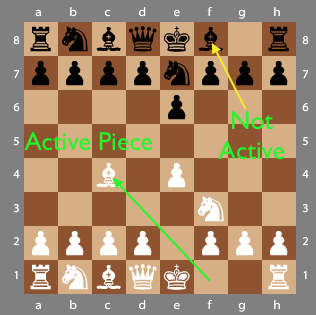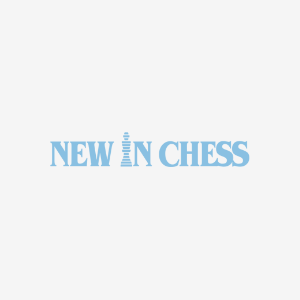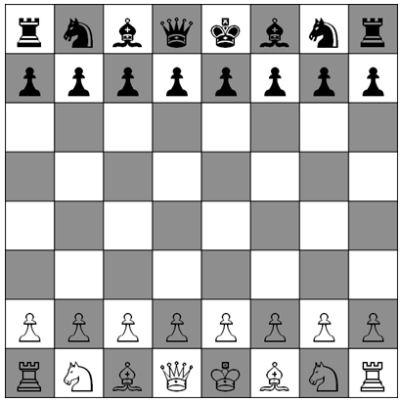Chess For Kids Manual
Chess Teaching Manual Created by International Master Tom O’Donnell. The purpose of this manual is to encourage the playing of chess by young people. Things for kids to do – noisy neat things. Try to pick a place that’s reasonably quiet. That’s top of the list. Also pick a place with plenty.
Adding a chess clock to your game brings a new level of excitement and fairness! Knowing how to use a chess clock will add a wonderful dimension to your enjoyment of chess. Did you know there's more than one way to win a chess game!
Not only can you checkmate, you can call a 'flag' if the other player runs out of time. Have you played games where your opponent just takes his merry time (forever) to move? Unless he finds the perfect move, he's just not going to move? You need a timer! Whether you're playing at home or in an event, these tips help you get started and gain confidence to play chess with a clock.
Setting the chess clock Both digital and analog clocks are readily available. Digital are preferable for their versatility and interesting play modes. Yet many people still prefer the ease and classic analog style. Digital clocks typically count down.
Time has expired when it reaches 0:00. Digital clocks have various setting methods and modes so we'll deal with the more standard setting procedure for the traditional analog clock instead.
Analog clocks can be battery powered but are more commonly powered by spring tension and need winding every so often. Never over-wind until they are tight or your timer may stop working as expected. A light snug wind is enough. Analog clocks have a dial and hands, counting up. The signal for a player's expired time is a small red flag.
Bobcat mt52 schematics. As the minute hand reaches 12 o'clock the red flag will rise. When it reaches 12, the 'flag falls'. In a competition, the player whose 'flag has fallen' loses the game (with some exceptions!) The time is set with two knobs on the back of the clock, one for each display. Turn this knob as you watch the clock face.
To set the clock for a game that lasts no more than one hour ('Game in 30' or 30 minutes per side), watch the face of the clock as you set, first one side to 5:30, and then the other side to 5:30. Starting at 5:30 in this case results in a completed time of 6 o'clock a helpful standard for games that range from 5 minutes to several hours in length.


An observer knows exactly how much time is left by adding the time from 6 o'clock to the time displayed. If you're playing with a friend and you have only 30 minutes to play, set both timers to 5:45.
You will each have 15 minutes before the time expires at 6:00 and one of the flags has fallen. Most players feel rushed when their time reaches less than 15 minutes or 5 minutes. Some competitions are built entirely on the 5 minute game.
It's called Blitz Chess. It's a form of chess that is very exciting and fun to play if you are already very comfortable playing the game. Chess clocks in tournament play Chess tournaments would be impossible without chess clocks. They keep the whole place ticking and participants pleased with the timeliness of the event. We can learn some things from event standards whether or not you play in an organized event. Tournament Time Standards A tournament may be organized as a Standard, Action Chess, Blitz Chess, Speed Chess, Game 30 or many other styles. Slow chess tournaments including US Championships will allow 1 hour to 2 1/2+ hours per player.
These games can last as long as 7 or more hours! Many tournaments will have faster games at 1 hour per player, 30 minutes (Action Chess), 15 minutes (Quick Chess), or 5 minutes (Speed or Blitz Chess).
Chess Printables For Kids
With a friend, a fast game is 5 minutes per player. A slower game is 15 to 30 minutes, and a long game is an hour or more. In this photo, the digital timer is set to 1 hour and 30 minutes per player with a bonus time of 5 seconds per move. This is preset 15 on the, our best selling clock for players. Etiquette, rules, and expectations On which side of the board do you place the clock? Most people favor it to their right. The player with black pieces gets preference on which side of the chessboard to place the timer.
Directions For Chess For Kids

Chess For Kids Manual Scooter
If both players bring a chess clock, the digital style is automatically preferred, or you can agree to use either. Here's one of the most common questions in timed chess games. What happens if you play checkmate at the same time your flag falls (time expires)? If checkmate is on the board before your opponent verbally claims 'flag', you still win! If your time is called before you've made the move you've lost the game, regardless if your next move could be checkmate. Don't need to claim your own time expiration. It's up to the opposing player to call it!
Never call flag on a game that's not your own! It's a hugely embarrassing act you'd never repeat.